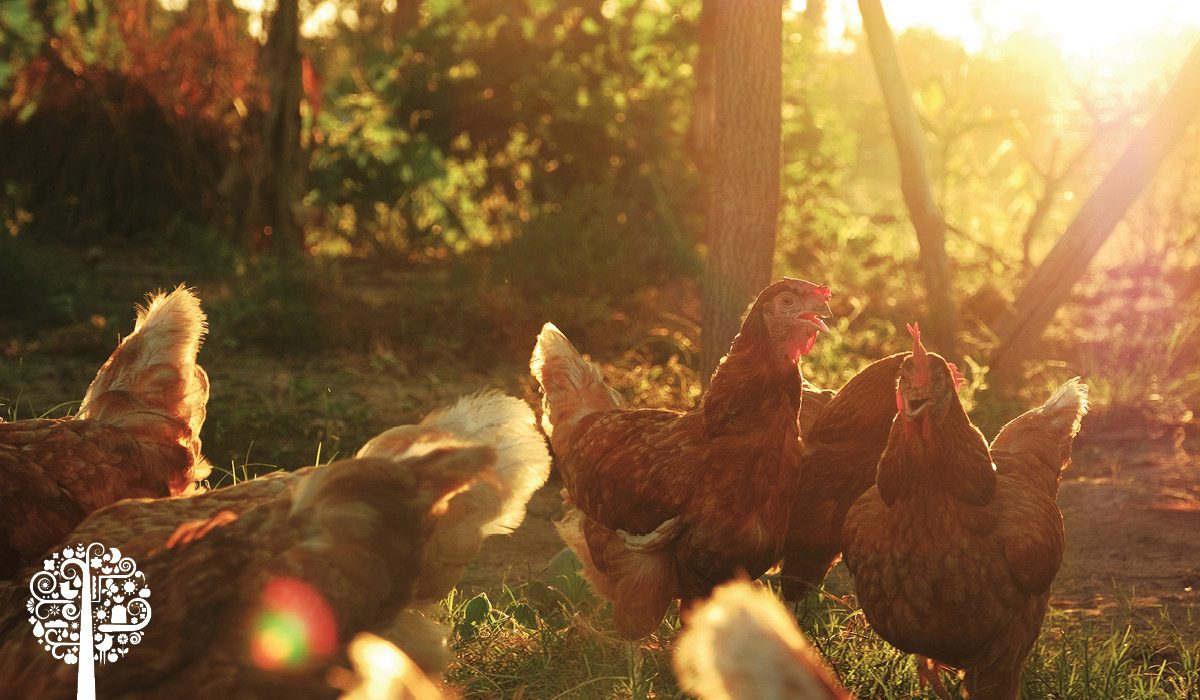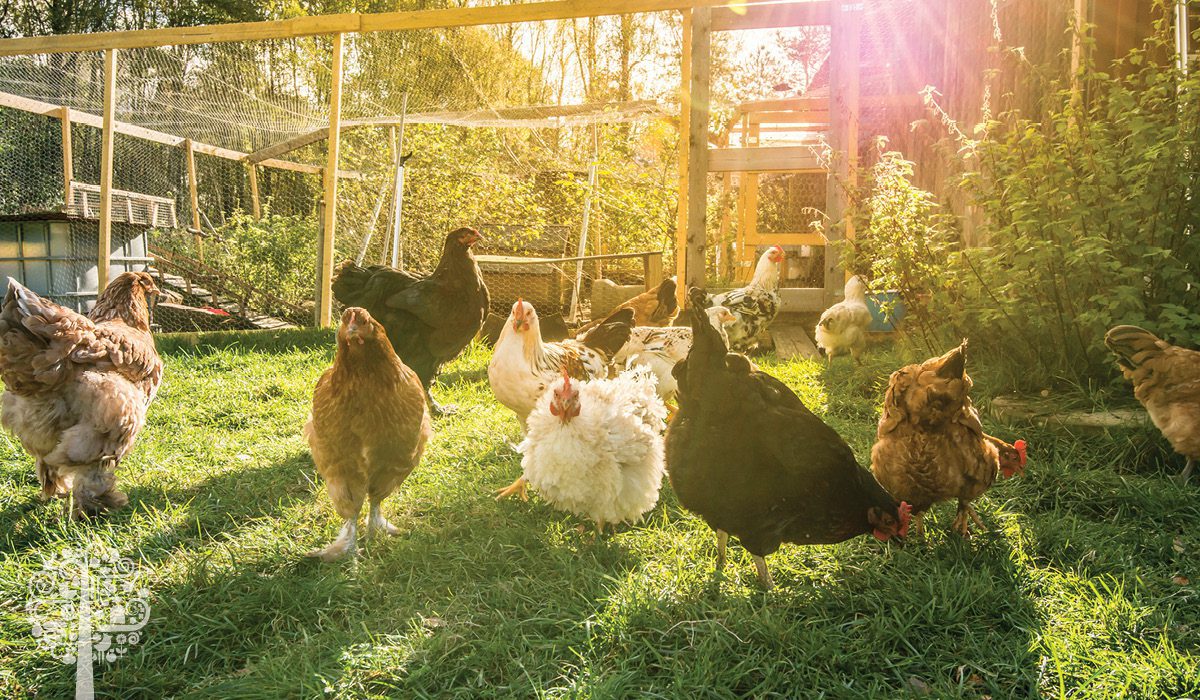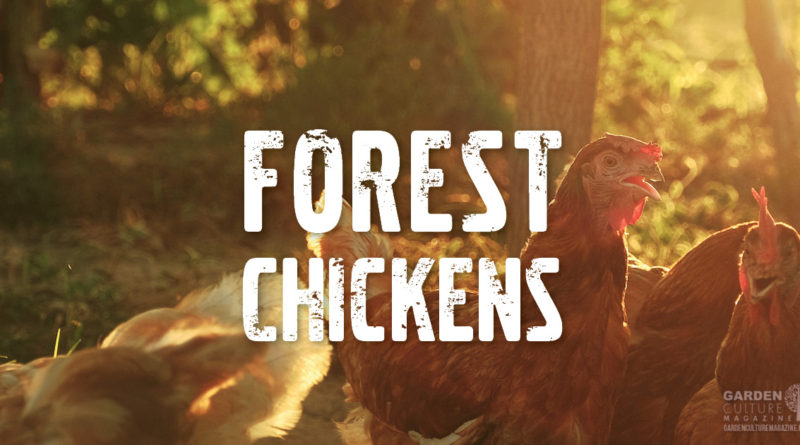Permaculture Diaries: Why Raising Chickens in the Forest is Best
Chickens are native to the tropical jungles of Southeast Asia. But over the last approximately 8,000 years, they have been domesticated and spread around the globe to become one of the most valued domestic animals.
Natural Forest Birds
Chickens are forest birds and lack the ability for long-distance flying, and are not migratory. They have been spreading worldwide along with humans who have brought them to new lands to help with food security.

It is interesting to note that most nomadic/peasant cultures have focused more on small-scale animal raising over plant crops, as in times of quick relocation, humans could bring the animals with them.
Advantages of Forest Raising
Raising chickens in the forest has several advantages:
- It allows them to roost off the ground on branches naturally and even higher up in the trees when younger.
- A lot of the heritage breeds are naturally camouflaged and can almost disappear when in the forest. I have seen my flock dive-bombed by a hawk and scatter into the nearby understory. Later, I was crawling around in the bushes to find them.
- Moving them in the woods is also a great way to open up new areas for future pasture, as they scratch and dig for bugs in the leaf litter, making it easier to successfully introduce a cover crop to initiate new growth.
- My Partridge Chanteclers that have been on the homestead for eight years now have remained disease-free, and I am sure that moving them through these ‘wild zones’ has contributed to this. The winter is the only time I have seen their health diminish, as they remain in one area. I lost an old hen recently to what I assume was old age because she had no visible signs of sickness.
Foraging in Safety
Having portable structures in the woods for my terrain is a challenge, so I like to park their chicken tractors as close to the forest as possible and install portable poultry netting into the woods so they can forage in safety. The more they are in the woods, the more chances of predation, which in my case, comes from a local fox who is none too shy!
Better Eggs
Whenever I release my flock into a new ‘forest paddock,’ I notice an uptick in egg production. One of their favorite wild foods is Red Elderberry, Sambucus racemosa. They hop and jump as high as they can to snatch the berries. It is incredible to see the egg size and color improve so quickly when they are eating a new food source.
Free-range, Soil Biodiversity, and Pest Control
This is the first year on the homestead where we can take advantage of some new flatter pasture for the chickens to free-range. The key is to keep them moving; I intend to sow a pasture mix directly behind them as they move.

Parking them at night in a secure chicken tractor will help accumulate manure on a particular spot. Organic material in the form of wood chips and straw helps fill and even out some patches of rough ground.
The increase in worms in these areas is incredible to watch; one area where I had chickens roost over a thin soil layer on a gravel base is now teeming with worms just inches under the surface. Where there are worms, there is increased soil biology, and this is what we want.
Chickens in food forests and under fruit trees help break up pest cycles, but the key is not to leave them there too long, or you will have no more mulch left with all their kicking and scratching!
So, if you can, try and incorporate your backyard flock into some unused forest areas on your land. Even if they are small patches of scrubby hard-to-reach areas in the backyard, unleash the mini T-Rex’s into these spots and watch the biodiversity fly!




